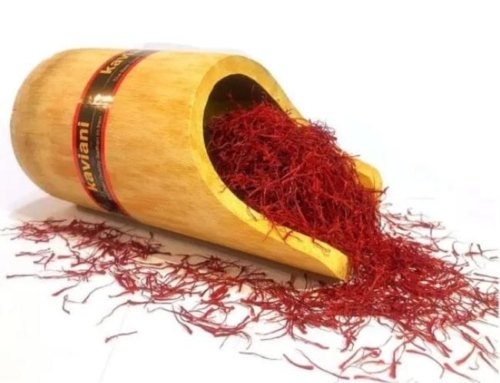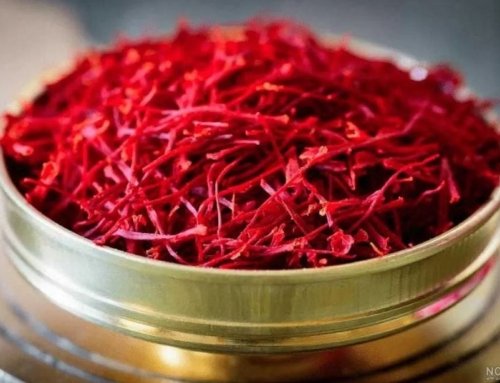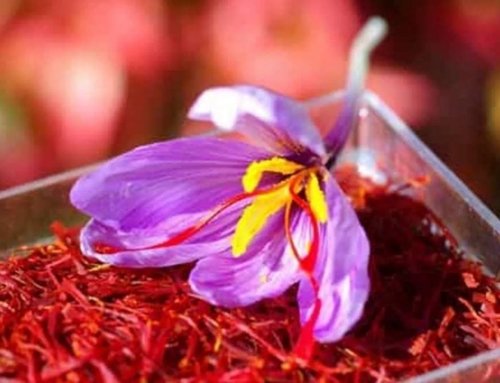Is Zanjan soil suitable for saffron cultivation?
A doctoral student at Zanjan University said: “The soil in many parts of Zanjan province has a good capacity to produce saffron.”
Fatemeh Heidari, in a conversation with a journalist at the Iranian Student News Agency (ISNA), Zanjan Region, said: “Restriction of water resources in all regions of the country, including Zanjan province, is a limiting factor in cultivating crops for the cultivation of saffron by Zanjan farmers. However, the Saffron planting plan at Zanjan University’s research farm shows a satisfactory performance and the saffron farmers in this area can benefit from a cost-effective cultivation.
“Fortunately, saffron is well suited to the soil of Zanjan province, and it only needs three irrigations during the year (twice in autumn and once in April). Hence, in areas suffering from drought, it is a very valuable product and can be a good alternative to harmful and harmful products.
Heydari emphasized that the public perception of saffron planting in the eastern part of the country is wrong, adding that Zanjan farmers can plant saffron bulbs on a perennial basis for up to seven years in succession, while saffron bulbs are more annually Since the last year, the product has been harvested. Hence, farmers are faced with a favorable economic cost and can sell 66 billion rials per kilogram of saffron (including the current market price).
This PhD student at Zanjan University stated: “In addition to the planting test, the evaluation of the results of the spraying treatment on the stigmata and flower, as well as the percentage increase in onion production has been evaluated, and, thankfully, the results are favorable. Indeed, the increase in onion production is also important, as the farmer can sell the onions in addition to the harvest, in the seventh year.
Heidari, referring to the fact that the market today is 50,000 Rials per kilogram of onions, said: Fortunately, saffron is a product that at the end of the seventh year, instead of onions planted, will deliver two to three onions to the farmer. However, the effects of gibberellic acid and salicylic acid (growth stimulus), as well as paclobutrazole and cyclohexyl (growth retardant), should be evaluated.
source: isna /ir



![Exporting Saffron to Turkey + Price Guide [Complete 0 to 100]](https://www.rowhanisaffron.com/wp-content/uploads/f1-372-500x383.jpg)




Get Social